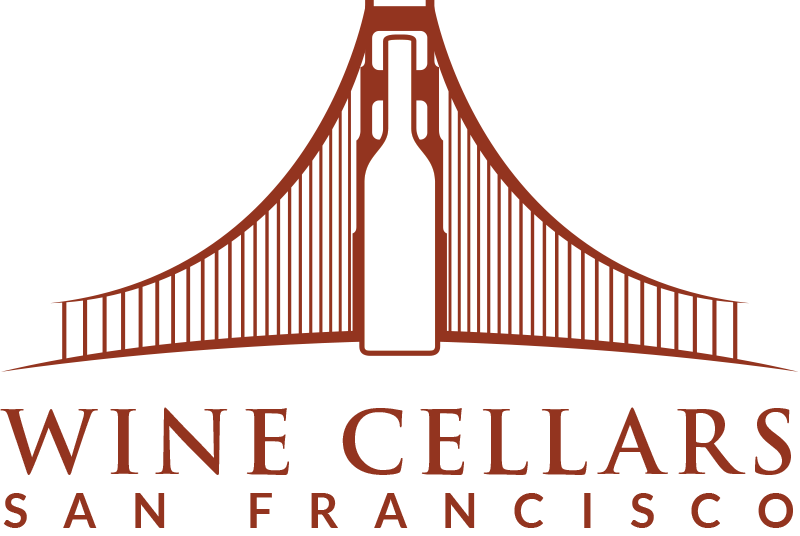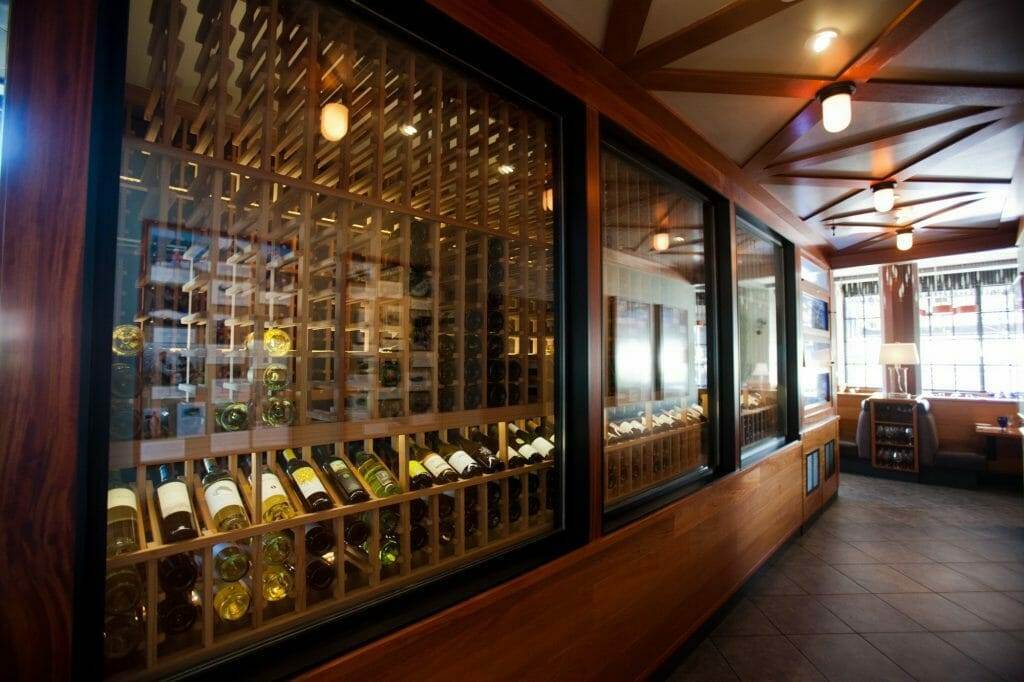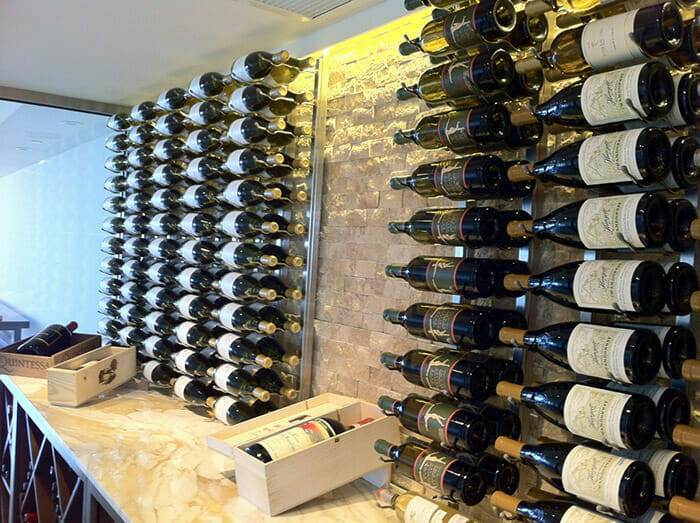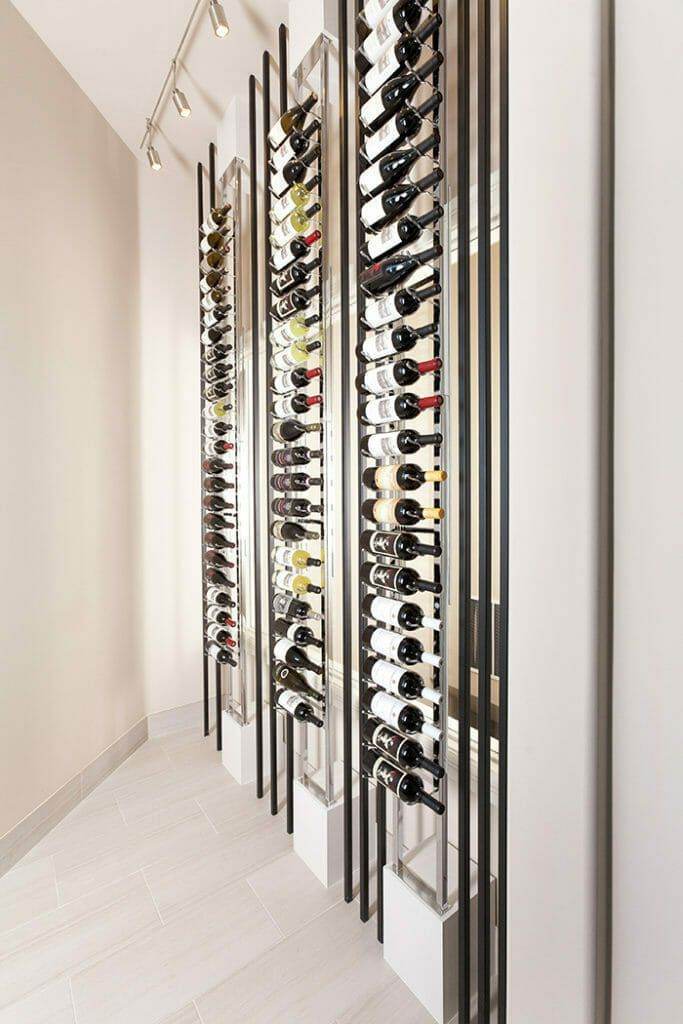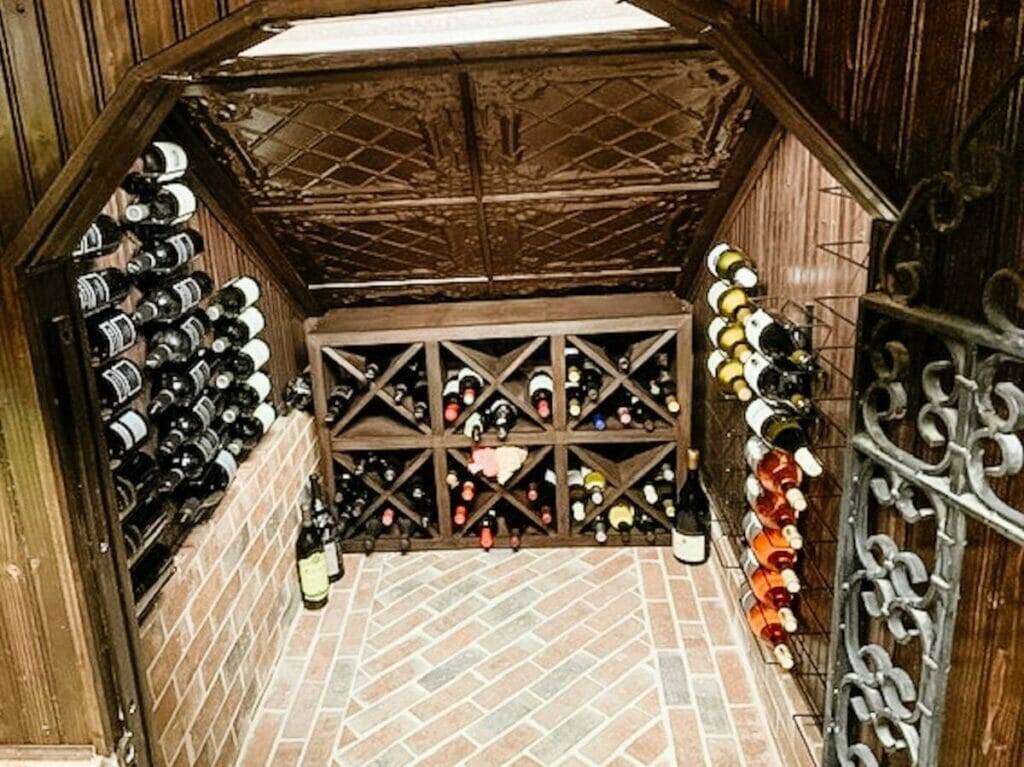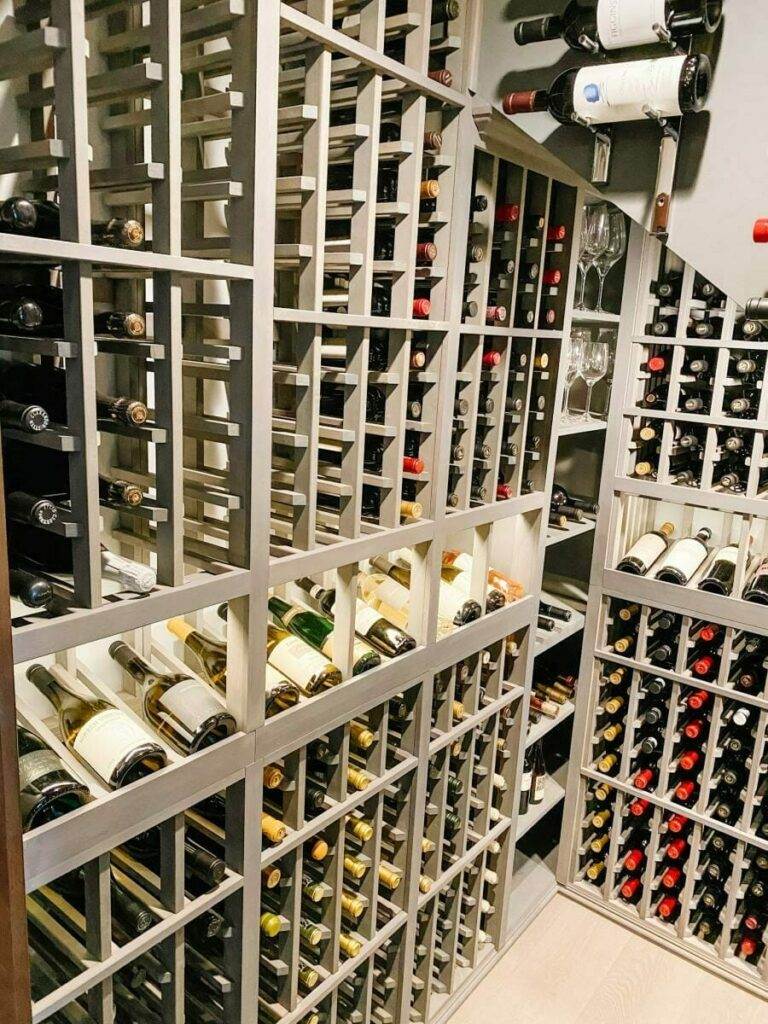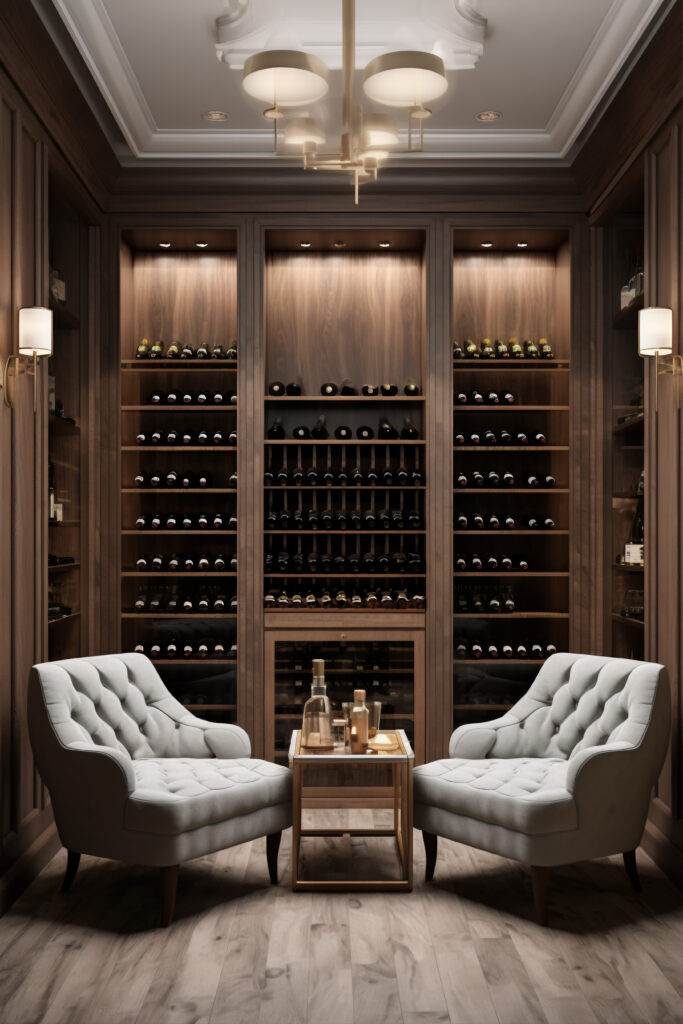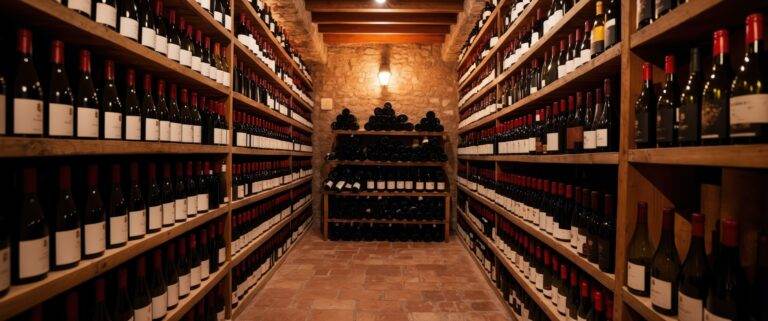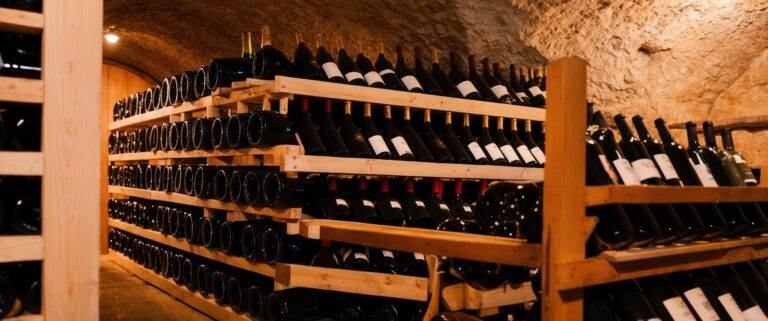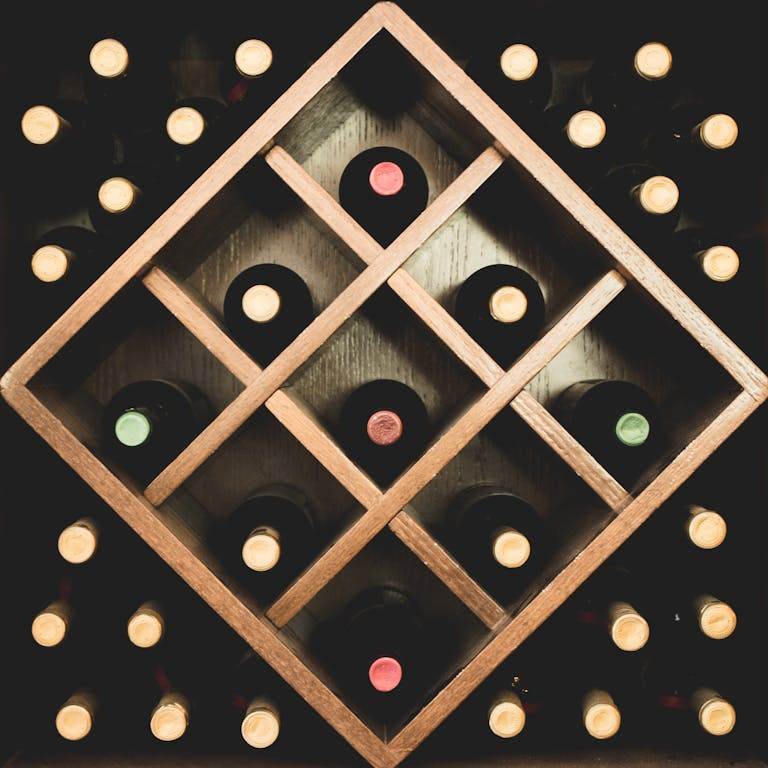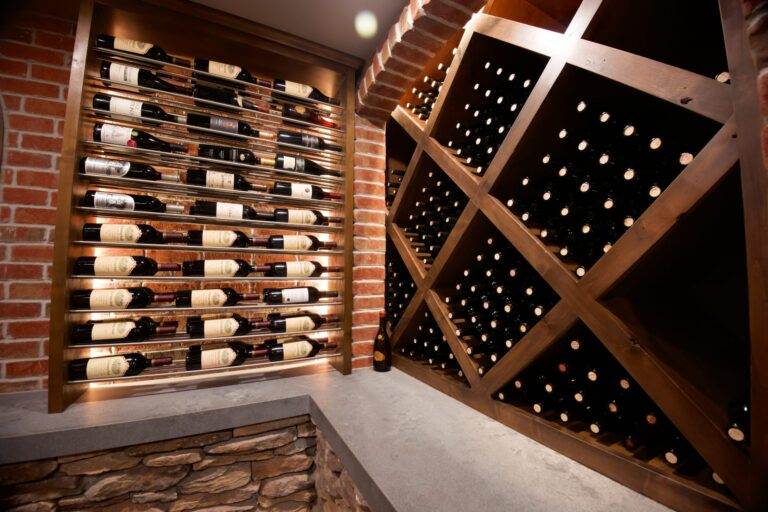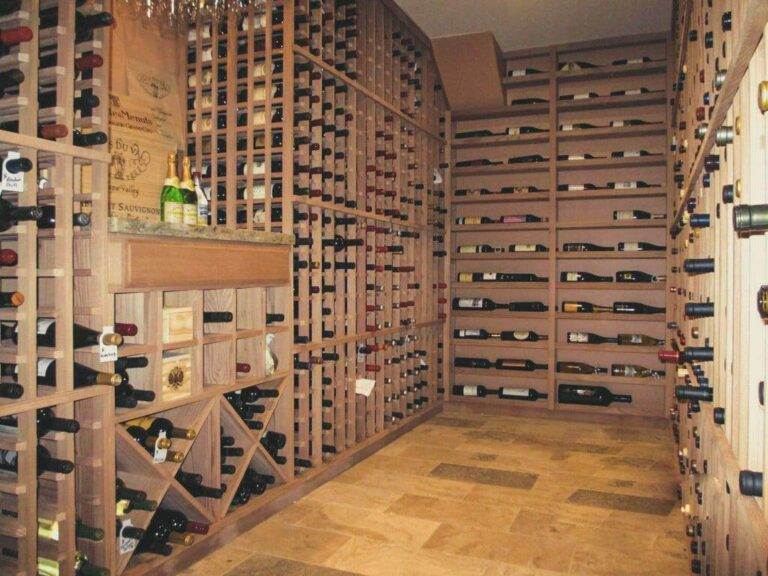Introduction
In the world of wine collecting, creating the perfect wine cellar goes beyond mere temperature and humidity control; lighting plays a pivotal role in preserving the quality of the wine. Proper lighting enhances the aesthetic appeal of the cellar while ensuring that the wine remains in optimal conditions. Understanding the importance of proper wine cellar lighting can significantly improve the overall experience of wine storage and accessibility for collectors.
Importance of Proper Wine Cellar Lighting
Proper lighting can greatly impact the wine’s aging process. Exposure to certain types of light, particularly ultraviolet (UV) light, can lead to chemical reactions that diminish the quality of the wine. Therefore, the ideal lighting should minimize UV exposure. Additionally, the right lighting can help in displaying the collection beautifully, enabling wine enthusiasts to appreciate their selections while ensuring easy access. A well-lit cellar not only elevates the visual elements of the room but also allows the collector to manage inventory more effectively.
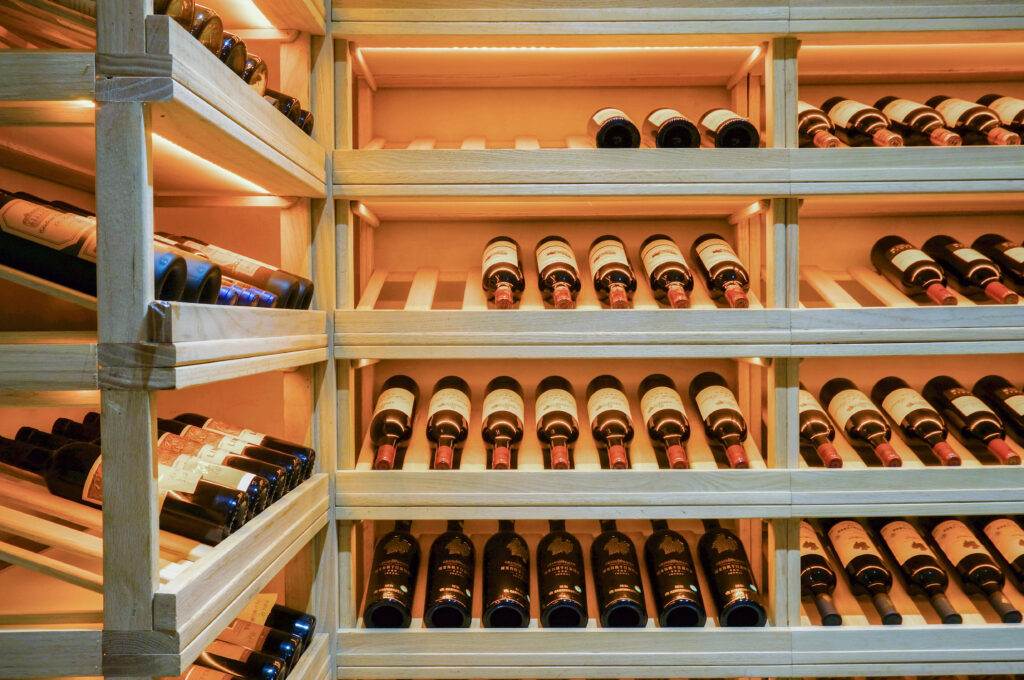
Factors to Consider when Choosing Lighting Fixtures
When selecting lighting fixtures for a wine cellar, one should consider the type of light used. LED lights are preferable due to their low heat emission and lack of UV rays. Dimmer switches can also add versatility, allowing for adjustable brightness levels depending on the occasion. Moreover, the positioning of lights is crucial; placing them strategically can highlight specific sections of the cellar while ensuring that the wine bottles receive minimal exposure to direct light. By paying close attention to these factors, collectors can create a functional and visually appealing wine cellar.
Natural Light vs Artificial Light
Pros and Cons of Natural Light in Wine Cellars
Using natural light in a wine cellar can have both positive and negative effects. On one hand, natural light can create a warm, inviting atmosphere that showcases a collector’s finest bottles. The aesthetic benefits of sunlight streaming into a cellar can elevate the overall ambiance. However, the disadvantages outweigh the benefits. Exposure to direct sunlight can lead to temperature fluctuations and prolonged UV exposure, which can seriously compromise the wine’s quality and aging potential. Moreover, inconsistent light levels throughout the day can create challenges for maintaining a stable environment, proving that while natural light has its charm, it is unsuitable for preserving wine in the long term.
Choosing the Best Artificial Light Sources
When it comes to artificial lighting, LED lights are widely regarded as the best choice for wine cellars. These lights are energy-efficient, produce minimal heat, and emit no UV rays, making them an ideal option for creating a safe environment for wine storage. Additionally, collectors should consider utilizing colored LED bulbs to create a specific atmosphere without sacrificing the integrity of the wine. Incorporating dimmer switches allows collectors to adjust lighting levels based on their needs, ensuring that the cellar remains functional while also showcasing the collection’s beauty. By carefully selecting artificial lighting sources, wine enthusiasts can create a perfect balance of aesthetics and preservation for their precious collections.
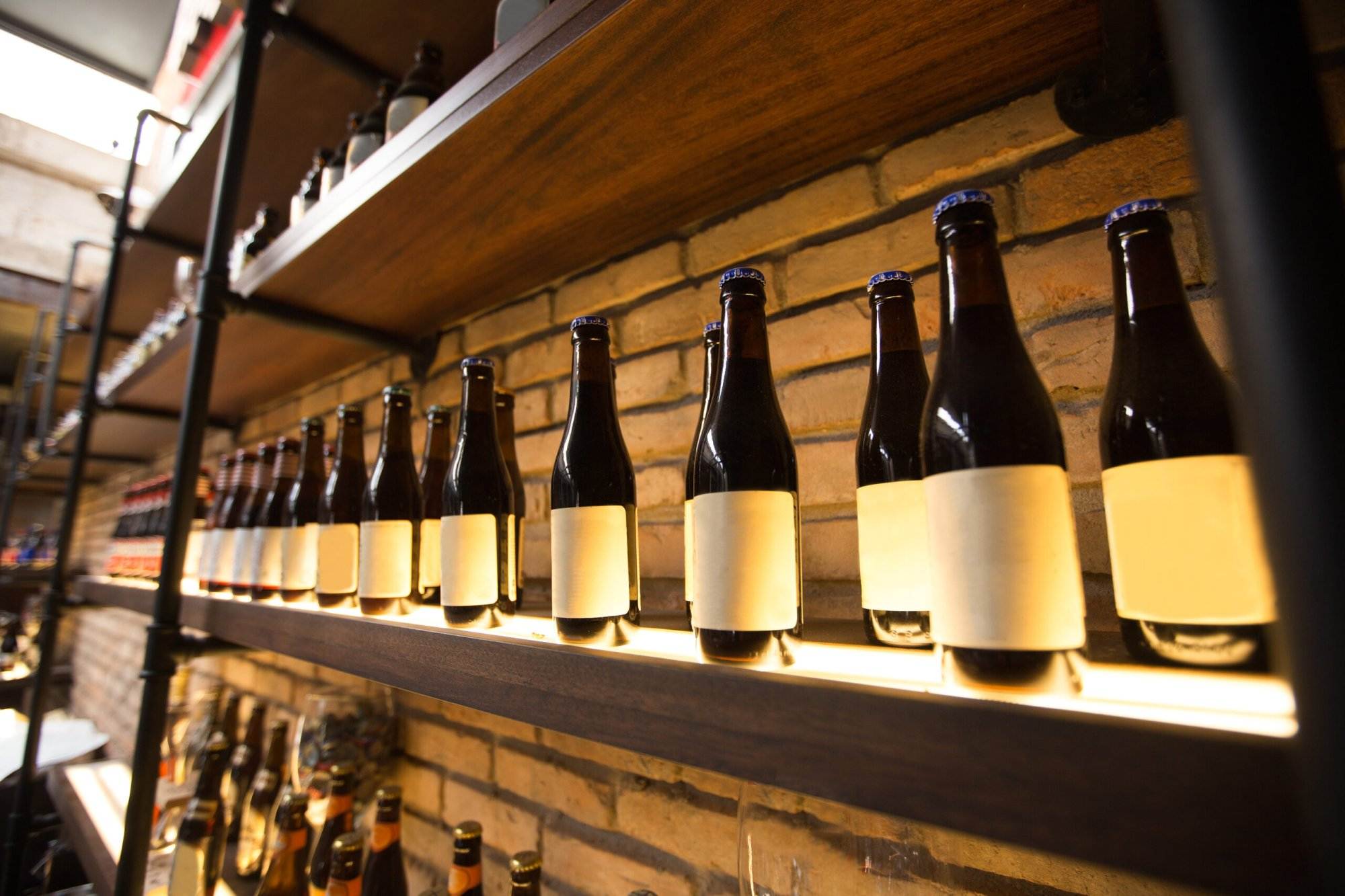
Types of Lighting Fixtures
LED Lighting for Wine Cellars
When considering optimal lighting fixtures for wine cellars, LED lighting stands out for its unparalleled benefits. These energy-efficient lights not only minimize heat output and eliminate harmful UV rays but also offer longevity, reducing the need for frequent replacements. With various color temperatures available, LED lights can be chosen to create a warm and inviting ambiance that complements the cellar’s design. Furthermore, their low energy consumption contributes to cost savings over time, making them a sustainable choice for wine collectors looking to preserve their investments without compromising on aesthetics.
Accent Lights for Wine Displays
In addition to general lighting, incorporating accent lights can elevate the visual appeal of specific wine displays. Such lighting serves to highlight certain bottles or collections, drawing attention to prized vintages and enhancing the overall presentation. Track lighting or spotlights can be strategically placed to illuminate these selections, creating focal points within the cellar. Moreover, adjustable fixtures enable collectors to modify the lighting based on the occasion or desired atmosphere. Incorporating accent lighting, along with LED options, allows for a balance between functionality and elegance, ensuring that wine cellars not only showcase the collection beautifully but also preserve the quality of each bottle, safeguarding valuable investments for years to come.
Placement and Positioning of Lights
Lighting Solutions for Small Wine Cellars
For those with limited space, strategically positioning lighting fixtures is crucial to maximizing functionality and aesthetics. Utilizing wall-mounted sconces can save space while providing ample light. Additionally, placing LED strips along shelves or above display cases creates an illusion of depth, enhancing the visual appeal without overwhelming the compact area. Flexible lighting solutions like pendant lights can also add style while ensuring the cellar remains well-lit. Opting for fixtures with dimming capabilities allows wine enthusiasts to adjust brightness, catering to various occasions and preferences.
Tips for Even Distribution of Light
When illuminating a wine cellar, achieving even distribution of light is of paramount importance. Placing lights at varying heights helps to eliminate shadows and create a more inviting atmosphere. For instance, combining recessed lighting with pendant fixtures can ensure that both the bottles and the room itself are adequately illuminated. Furthermore, using reflectors or light tubes can help direct light where it’s needed most, enhancing visibility without creating a harsh glare. Careful consideration of light placement will not only showcase the elegance of the wine collection but will also contribute to the overall ambiance. By implementing these strategies, cellar owners can effectively create a harmonious balance between style and practicality, ensuring their wine is not just stored, but beautifully presented. By being attentive to both lighting choices and placement, wine aficionados can enhance their collections while preserving the quality and integrity of their cherished bottles.
Temperature and UV Considerations
Impact of Light Temperature on Wine Storage
Maintaining the right temperature is vital for preserving wine quality. Light temperature can significantly influence the storage conditions for wine. Warmer tones, such as those emitted from incandescent bulbs, can generate excess heat, potentially compromising the wine’s integrity. Conversely, cooler light temperatures, like those produced by LED fixtures, contribute less heat, promoting a more stable environment. Experts recommend that wine cellars maintain a steady temperature between 50°F and 55°F (10°C – 13°C). By opting for LED lighting, wine enthusiasts not only minimize temperature fluctuations but also benefit from lower energy costs and longer bulb life, ensuring that their investments are safeguarded over time.
UV Protection Techniques for Wine Cellars
Understanding the impact of ultraviolet (UV) light on wine is crucial for proper storage. Prolonged exposure to UV rays can degrade wines, altering their flavors and aromas. Consequently, implementing effective UV protection strategies is essential for wine cellars. A critical approach is to use window treatments, such as UV-filtering glass or protective Film, to block harmful rays. In addition, utilizing LED lighting, which emits minimal ultraviolet light compared to traditional bulbs, is highly recommended. Furthermore, incorporating insulated doors and walls for wine cellars further protects the environment from external UV exposure. By adopting these techniques, wine collectors can significantly enhance the longevity and quality of their treasured collections, ensuring a perfect pour every time.
Smart Lighting Systems
Benefits of Smart Lighting in Wine Cellars
Implementing smart lighting systems in wine cellars offers a plethora of advantages. Smart lighting allows for programmable settings, ensuring that the lighting conditions can adapt to specific requirements and changes in external temperature. This technology permits wine collectors to automate the temperature regulation, thus minimizing the risk of temperature fluctuations that could jeopardize wine quality. Moreover, these systems can be controlled remotely through smartphones, enabling enthusiasts to monitor their collections from afar. This level of control provides peace of mind, especially for those with valuable wines. Additionally, energy-efficient smart lighting options reduce electricity consumption and lower utility bills, contributing to a more sustainable approach to wine storage.
Top Smart Lighting Products for Wine Storage
A variety of smart lighting products are available to optimize the wine storage experience. Popular choices include smart LED bulbs with adjustable color temperatures, allowing users to simulate the ideal ambiance while promoting a stable storage environment. Brands such as Philips Hue and LIFX offer customizable lighting solutions that integrate seamlessly with existing smart home systems. Furthermore, motion sensor lighting can enhance accessibility while ensuring that unnecessary light exposure is minimized when the cellar is not in use. By selecting the right smart lighting products, wine collectors can create an optimal storage environment that safeguards their investments while providing a visually appealing display for their cherished collections.
Maintenance and Upkeep of Lighting
Cleaning and Maintenance Tips for Light Fixtures
Regular cleaning and maintenance of light fixtures are crucial for ensuring their longevity and optimal performance. Dust and debris can accumulate on light fixtures, diminishing their effectiveness and appearance. It is advisable for wine cellar owners to gently wipe down fixtures with a microfiber cloth periodically. For deeper cleaning, a mild soap solution can be used, ensuring that all surfaces, particularly around the bulbs and sensors, are kept free of grime. Additionally, checking for any signs of wear or damage in wiring and connectors should be part of the regular maintenance schedule to ensure safe operations.
Replacing Bulbs and Troubleshooting Common Issues
Over time, light bulbs will require replacement, especially if they begin to flicker or emit inconsistent lighting. Wine cellar owners should consult the specific product guidelines to determine the correct type of bulb required for their fixtures. When troubleshooting common issues like dim lighting or unresponsive smart features, it is beneficial for users to perform a soft reset on their smart lighting system. This can often resolve connectivity problems. Moreover, if issues persist, consulting the manufacturer’s customer support can provide tailored solutions to specific model problems. By staying proactive with maintenance and addressing small issues promptly, wine collectors can ensure their smart lighting systems function optimally for years to come.
Conclusion
Recap of Key Points for Optimal Wine Cellar Lighting
Maintaining an optimal lighting system in a wine cellar is essential for both aesthetic and functional purposes. Regular upkeep of light fixtures not only enhances the visual appeal of the space but also ensures the longevity and effectiveness of the lighting. Wine cellar owners are encouraged to adopt a routine cleaning schedule, using microfiber cloths and mild soap solutions to keep fixtures free from dust and grime. This attention to detail will significantly contribute to the overall atmosphere, allowing the wine collection to shine in the best light possible. Moreover, when it comes to replacing bulbs, adherence to manufacturer guidelines is paramount. Selecting the appropriate type of bulb, whether LED or incandescent, ensures that the wine cellar remains well-lit without compromising energy efficiency. Additionally, troubleshooting common issues, such as flickering lights or smart technology malfunctions, should be approached systematically. Performing soft resets and reaching out to customer support can vastly improve the functionality of the system. Lastly, a proactive approach towards maintenance and prompt issue resolution will not only safeguard the investment in a wine collection but also enhance the overall experience in the wine cellar. By following these best practices, wine collectors can create an environment that is both visually captivating and conducive to preserving their prized wines for years to come.
